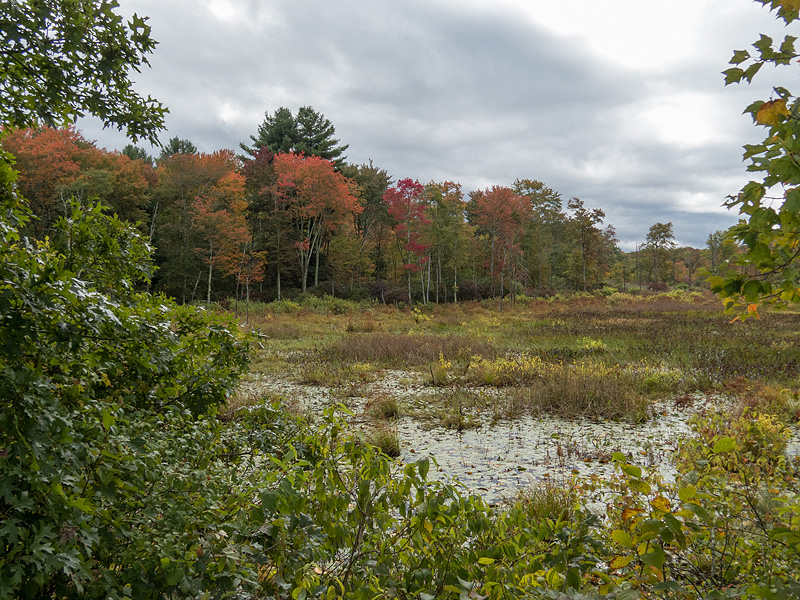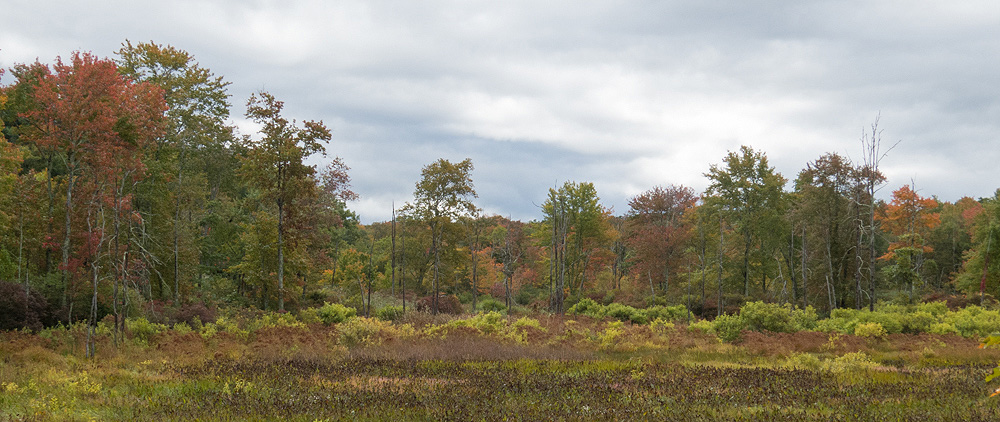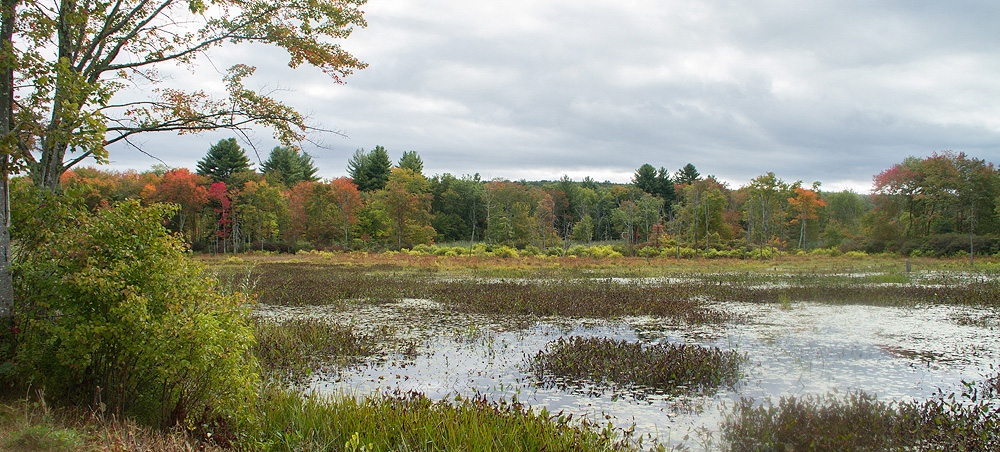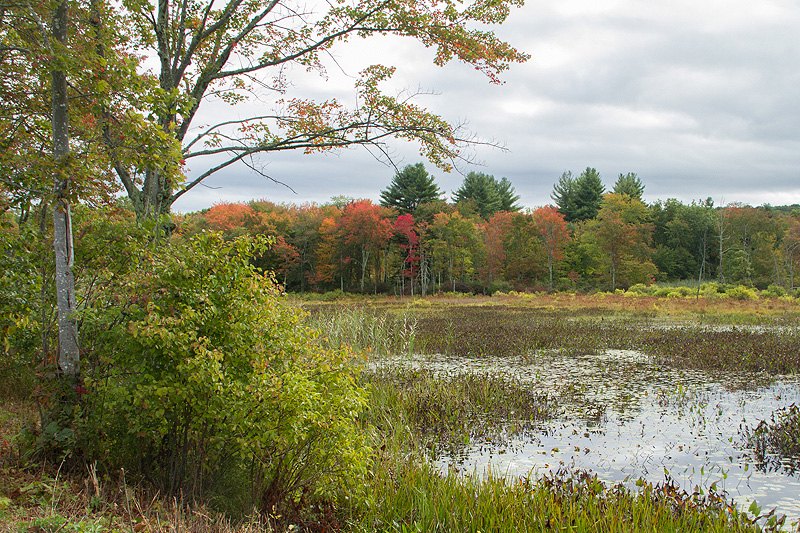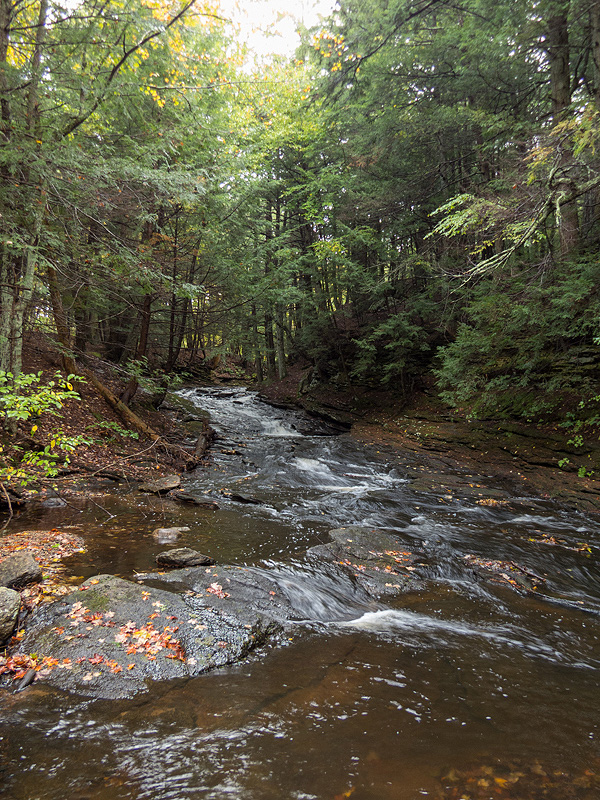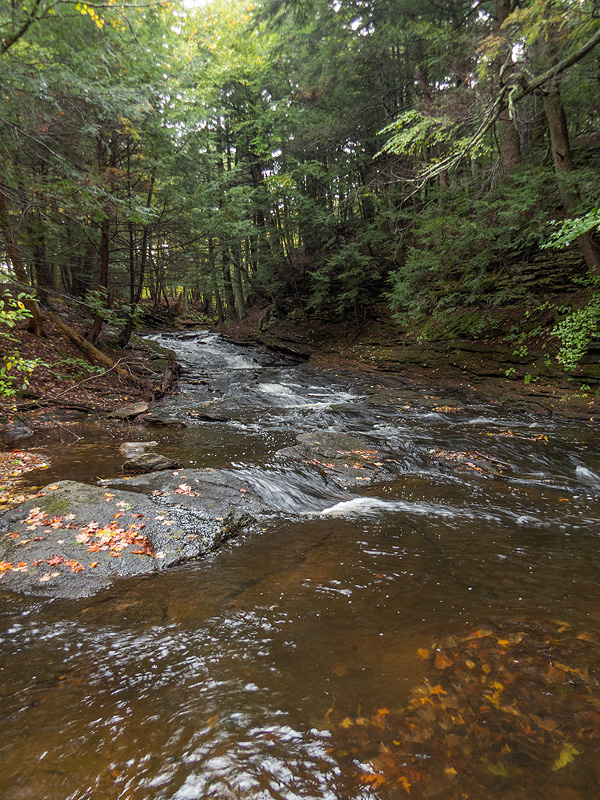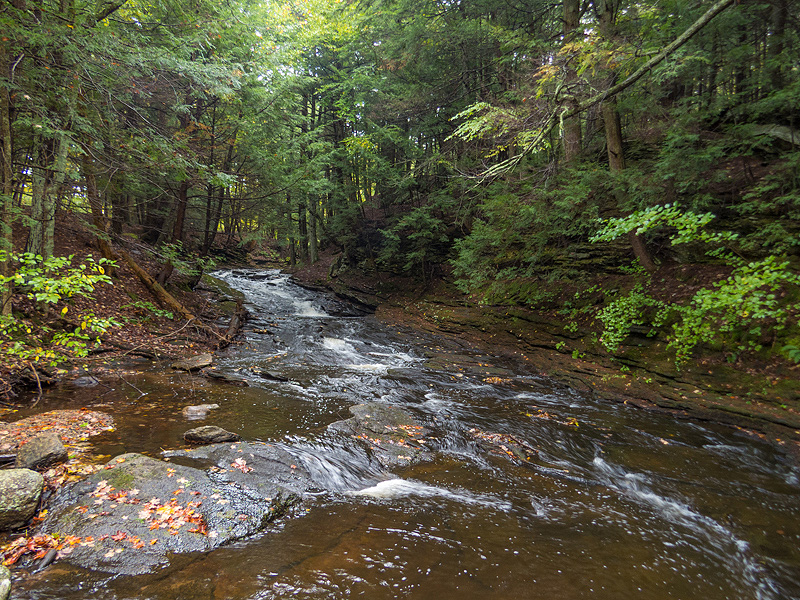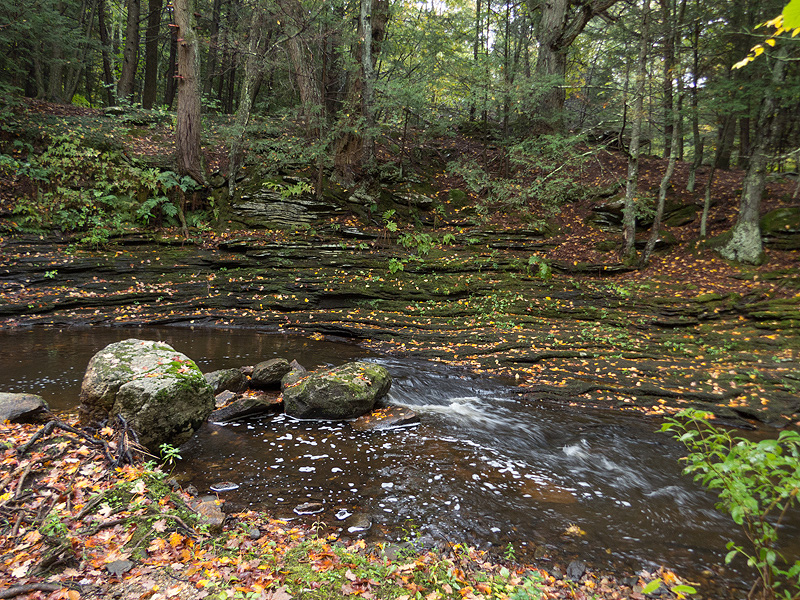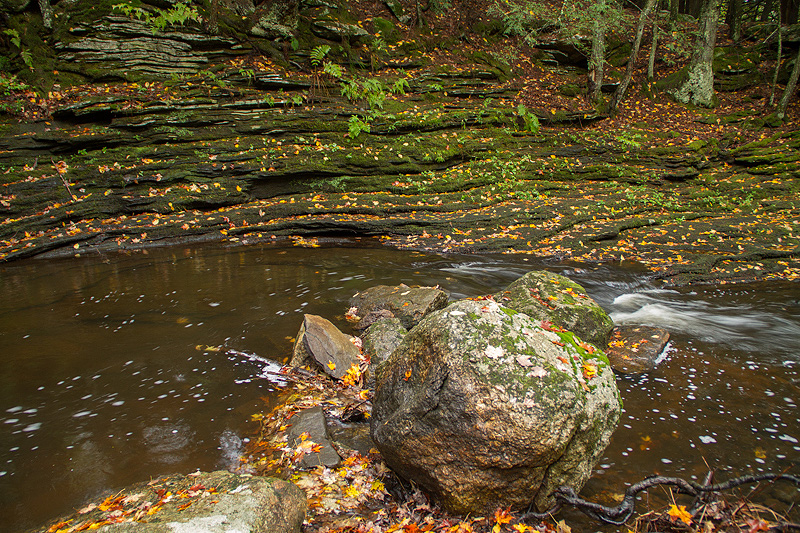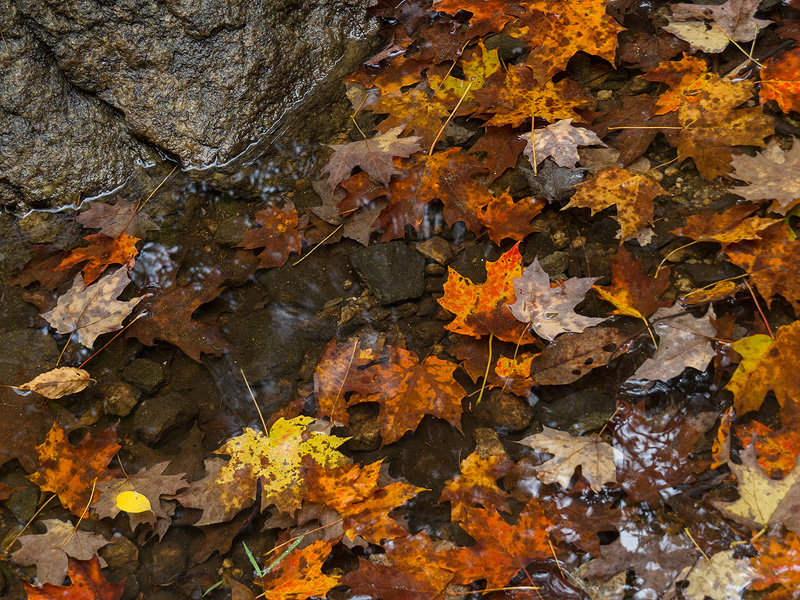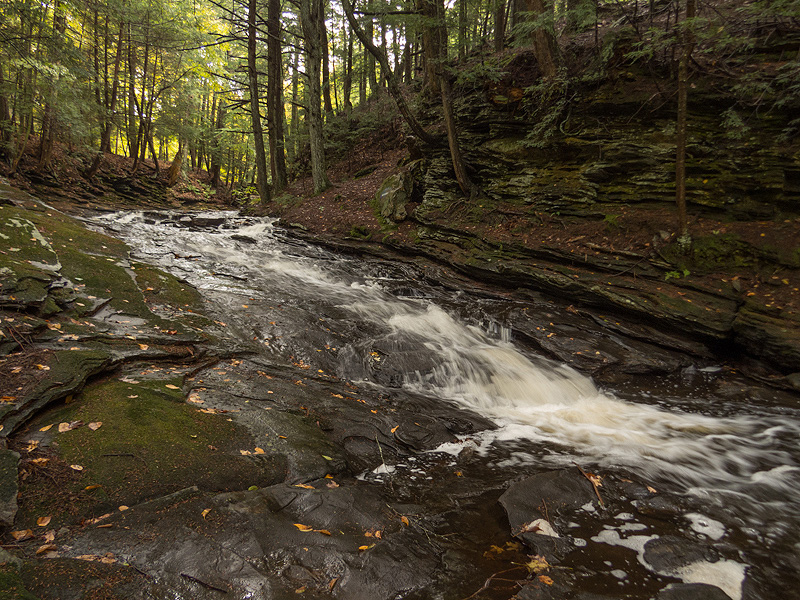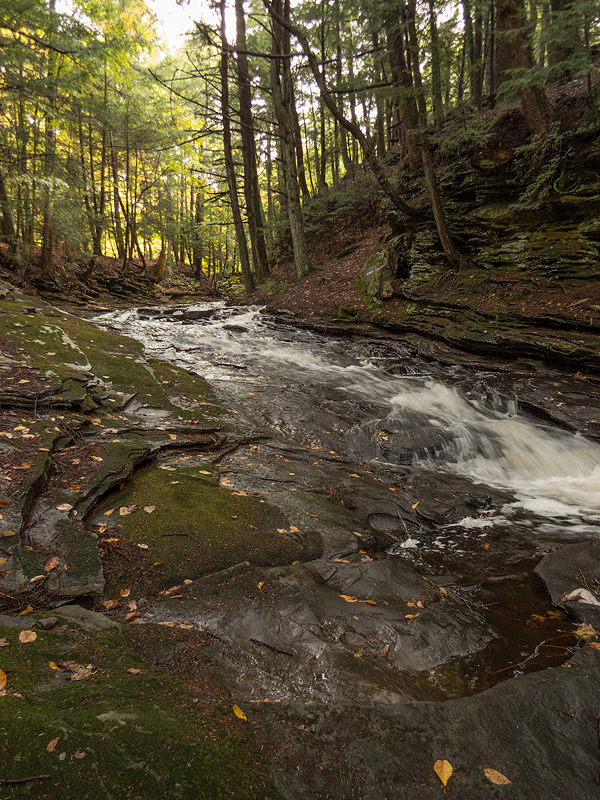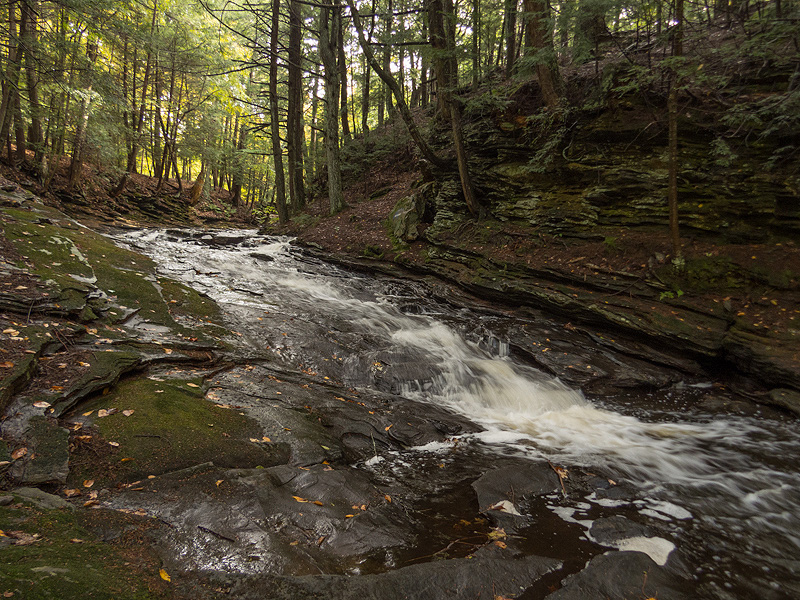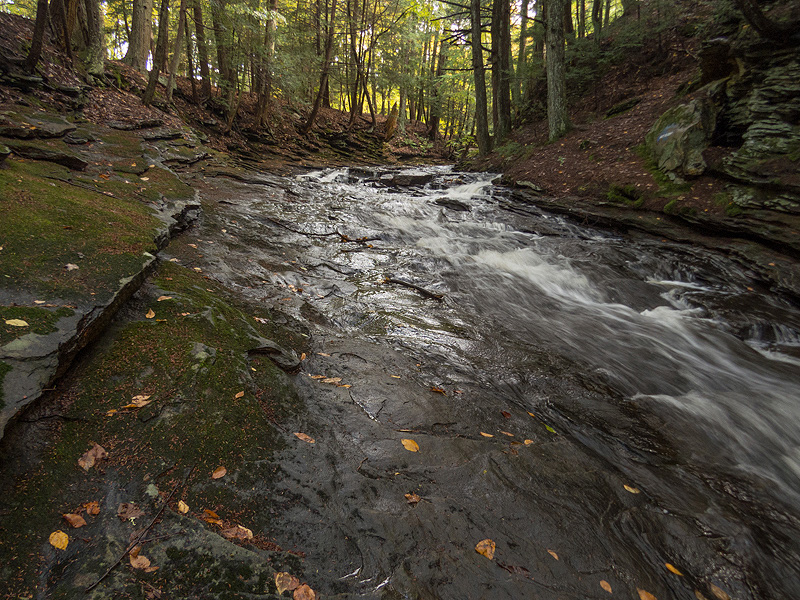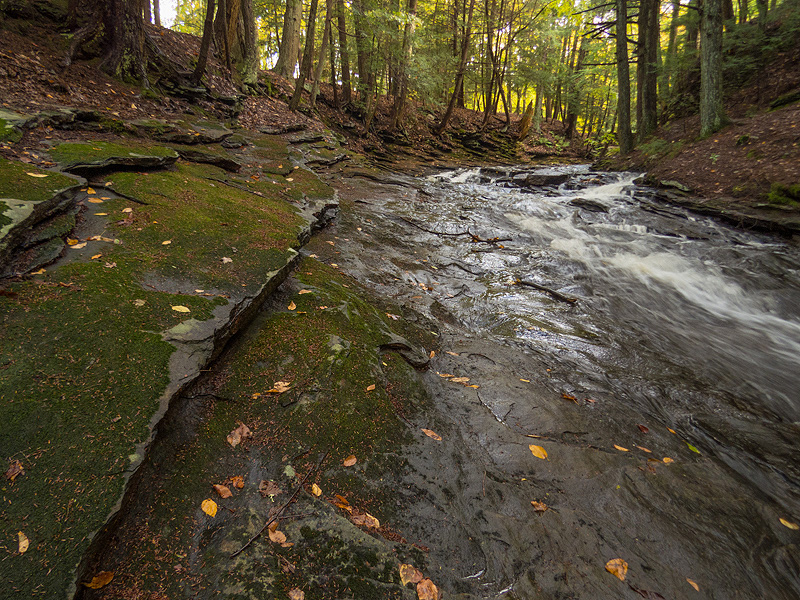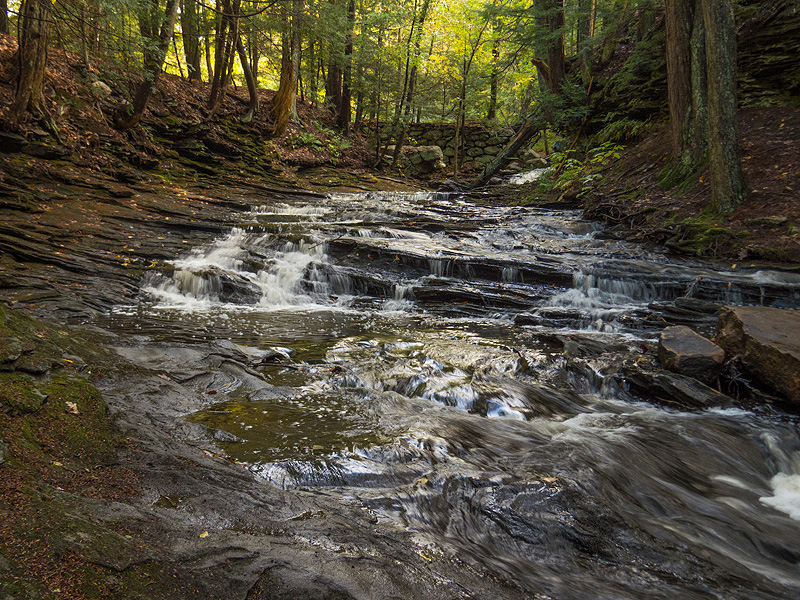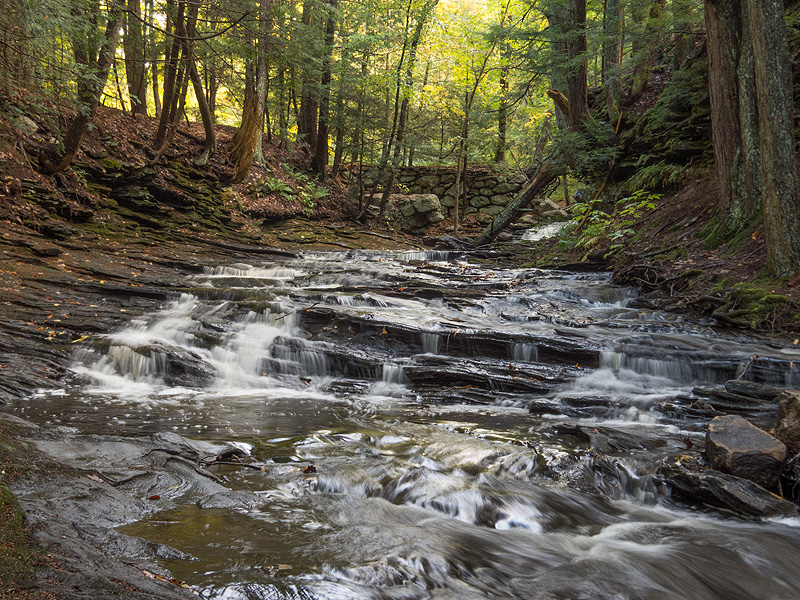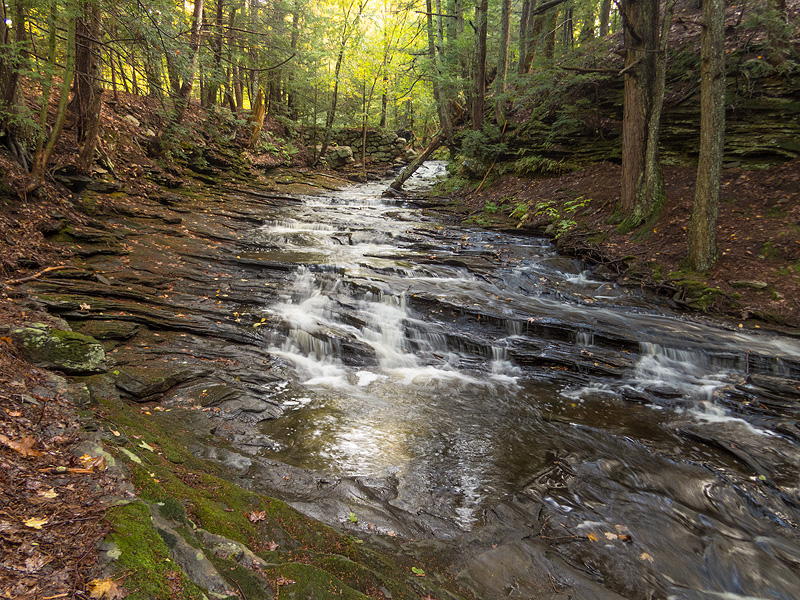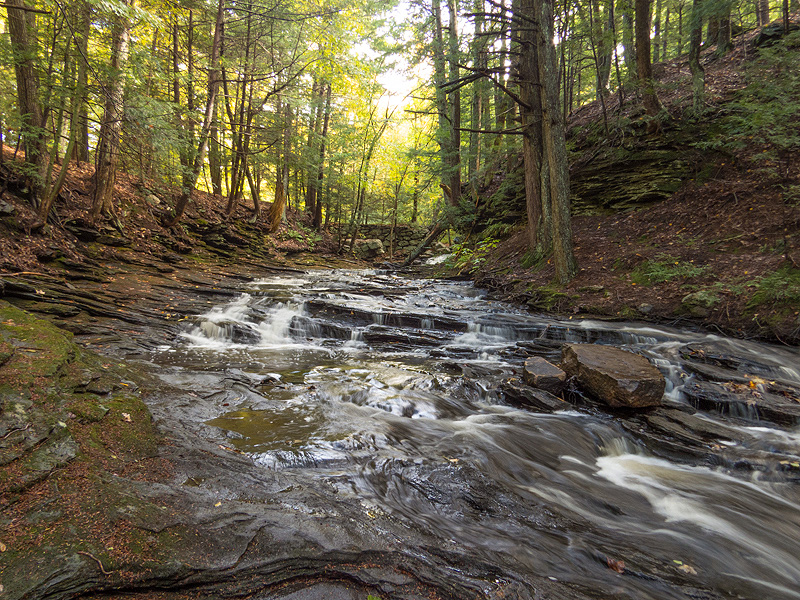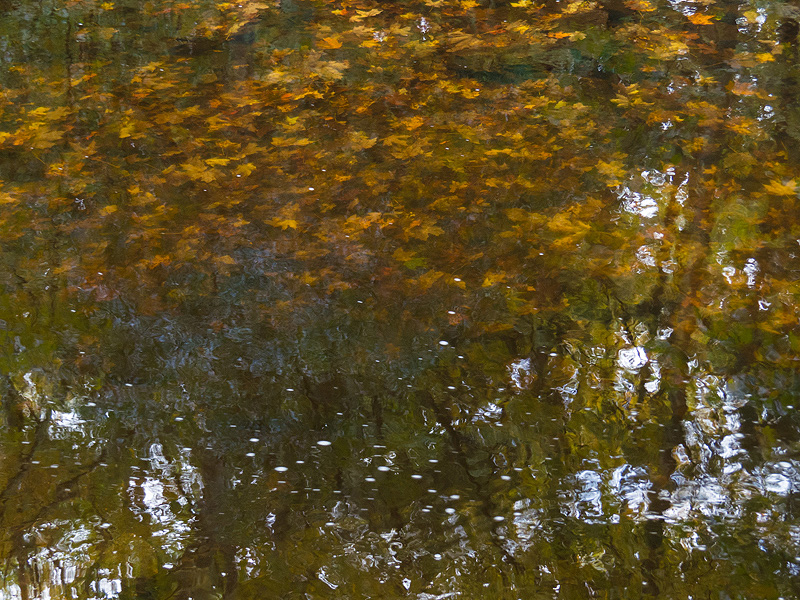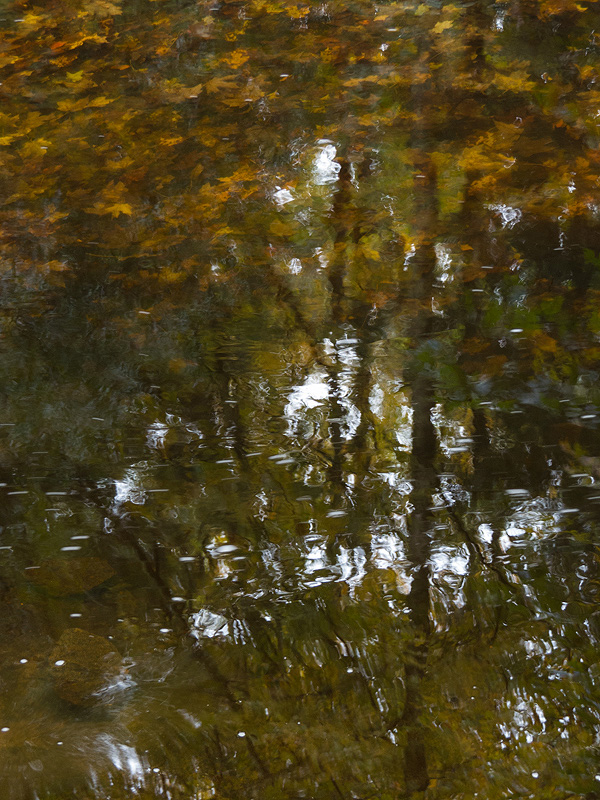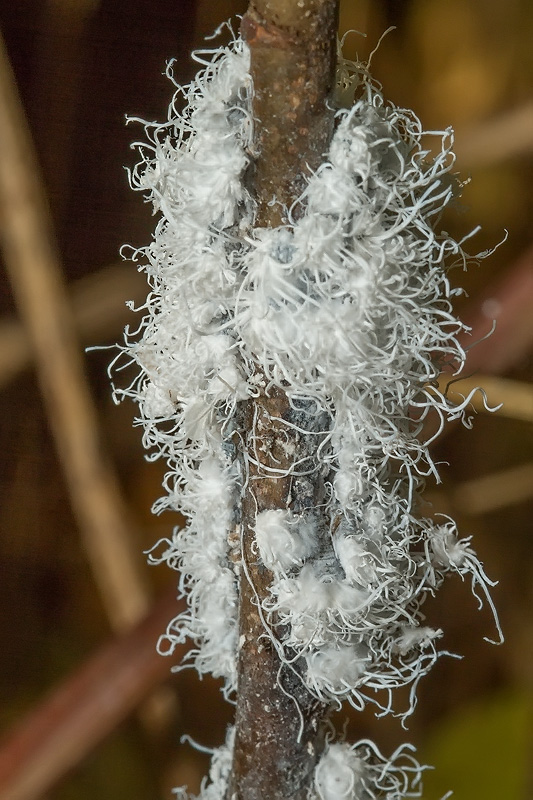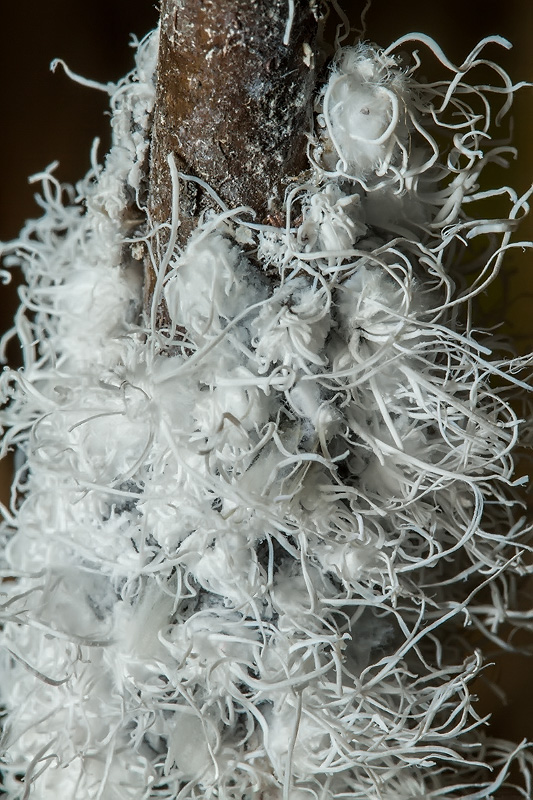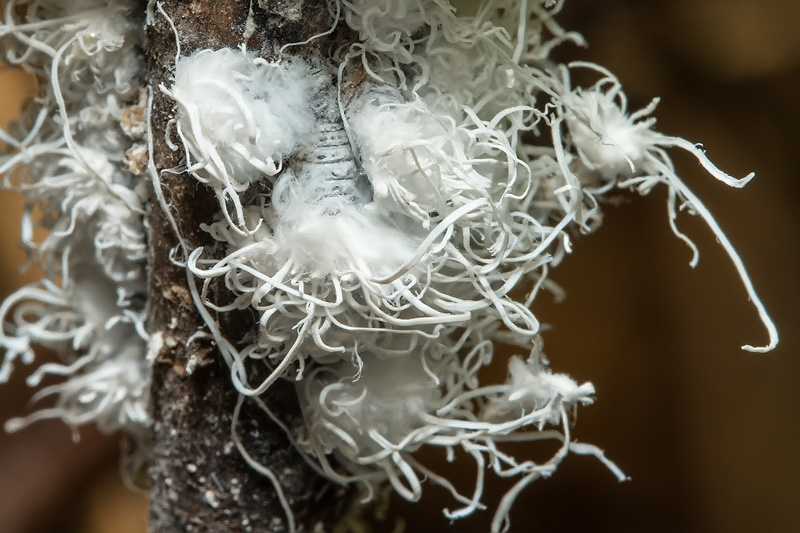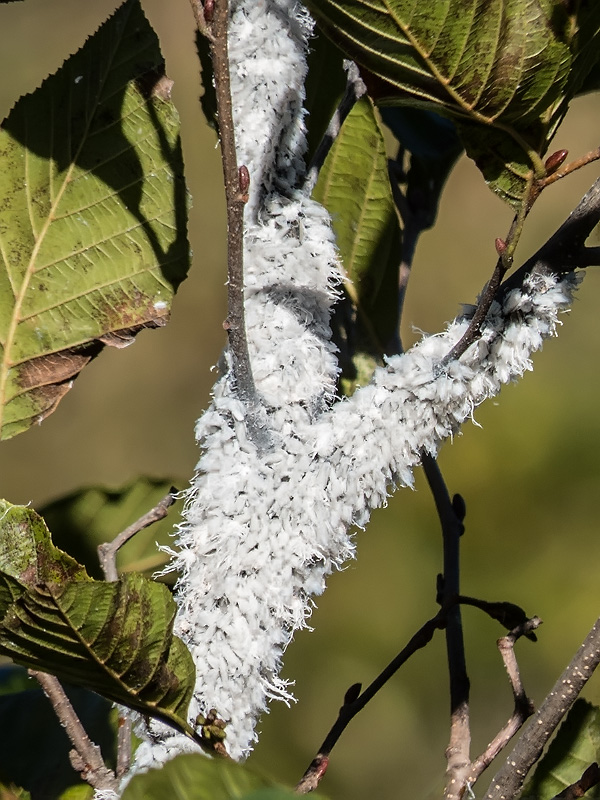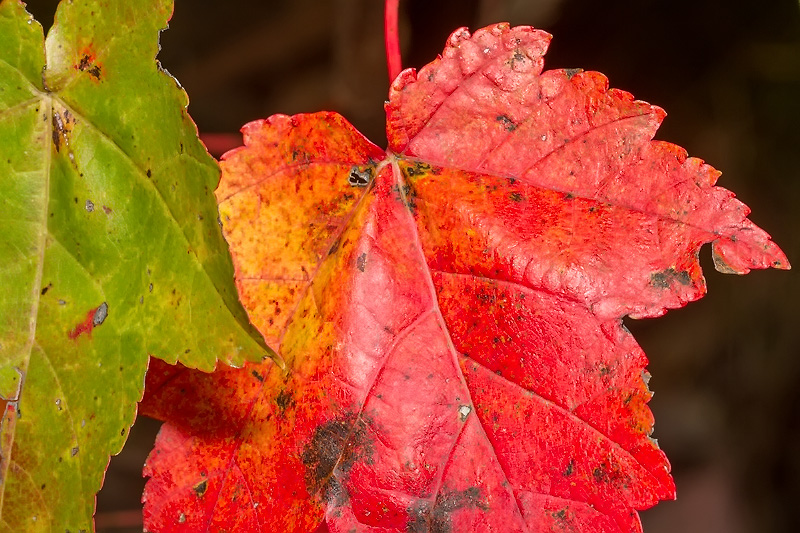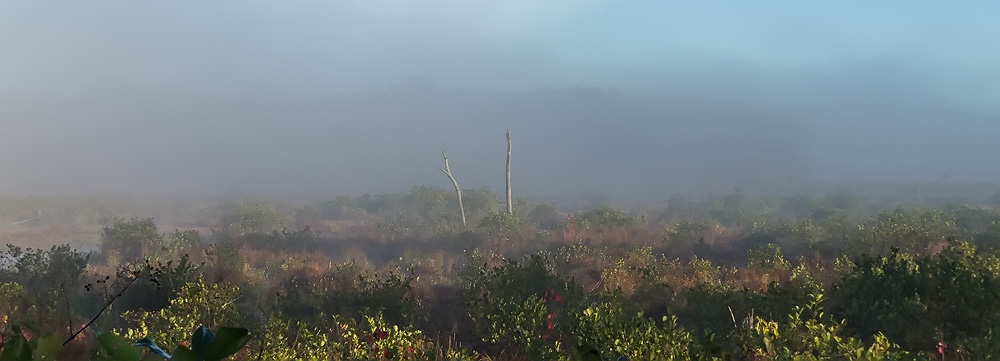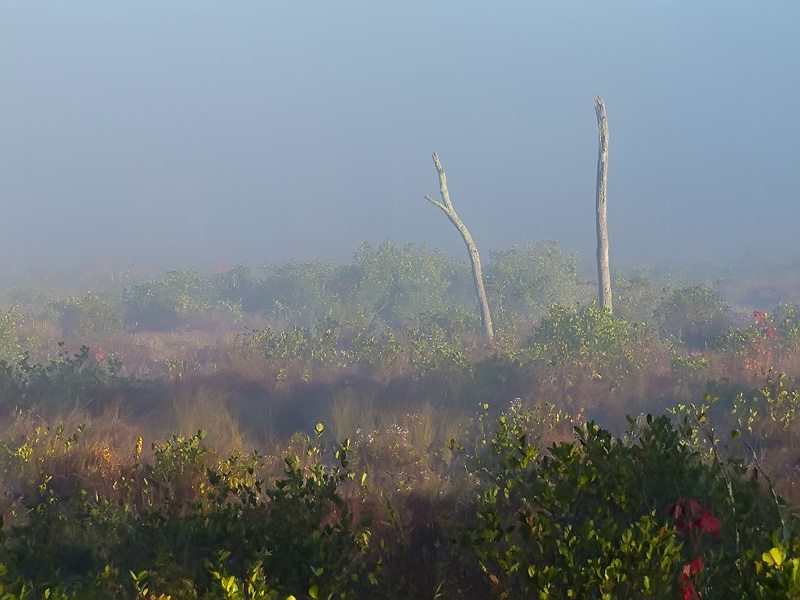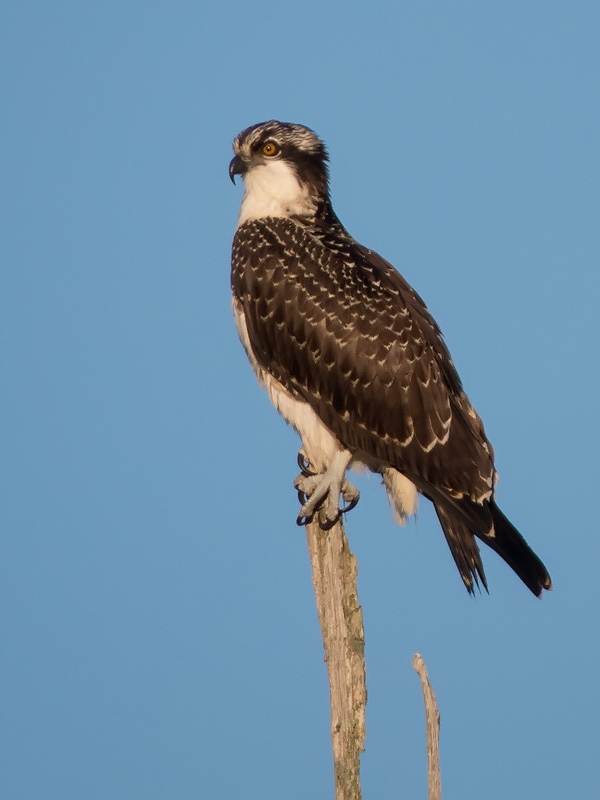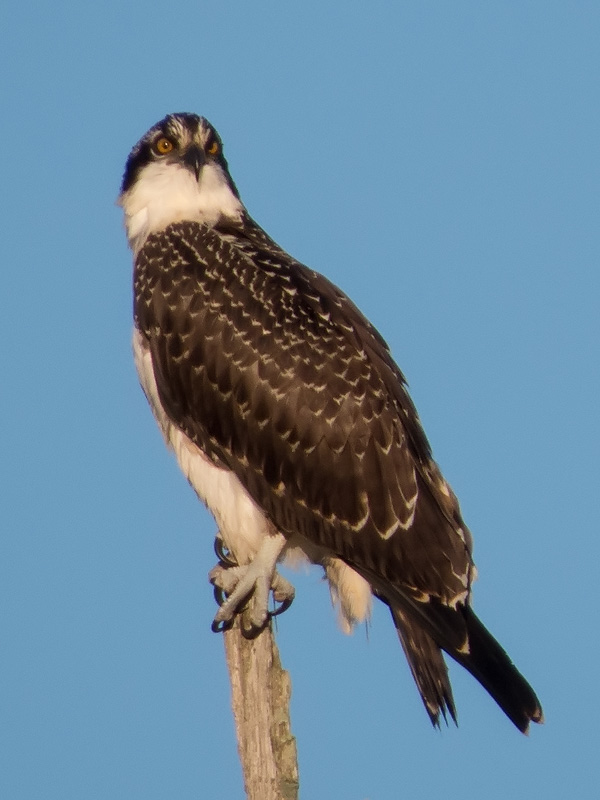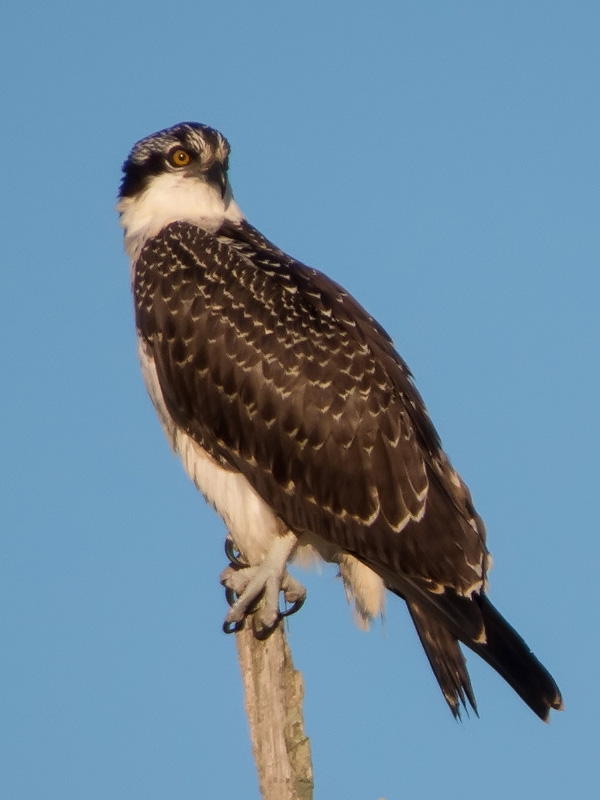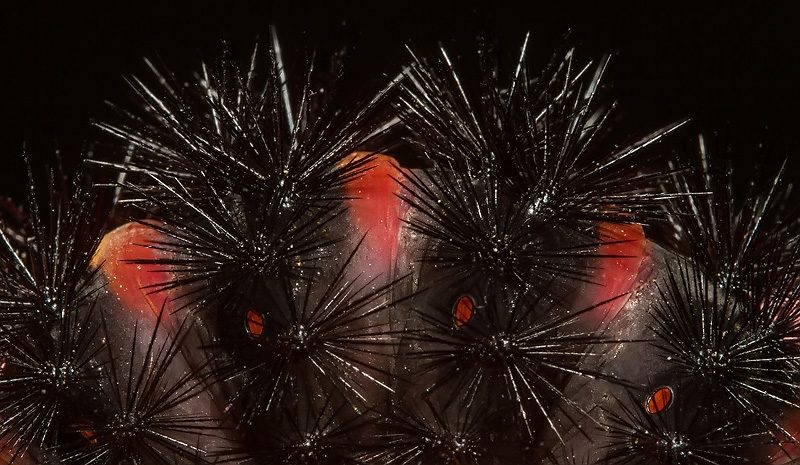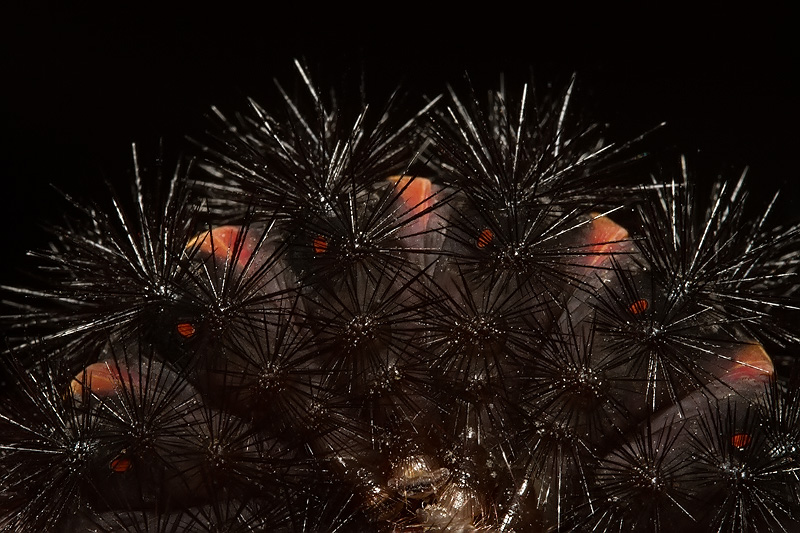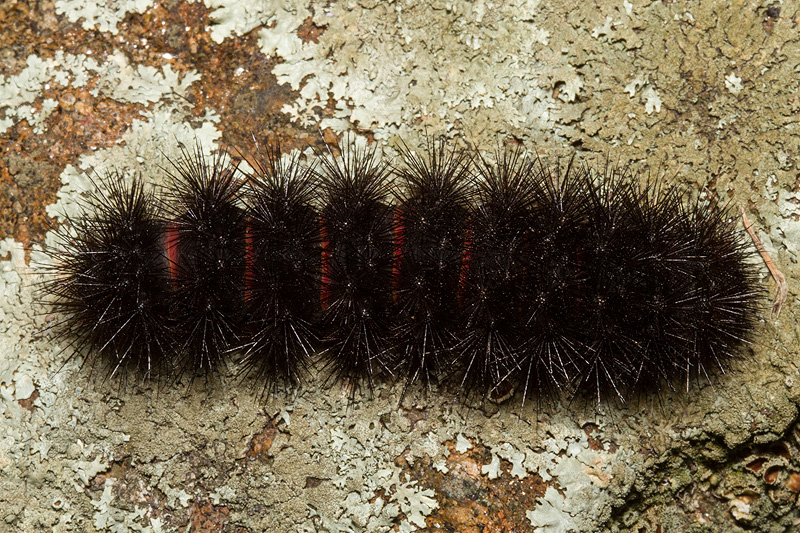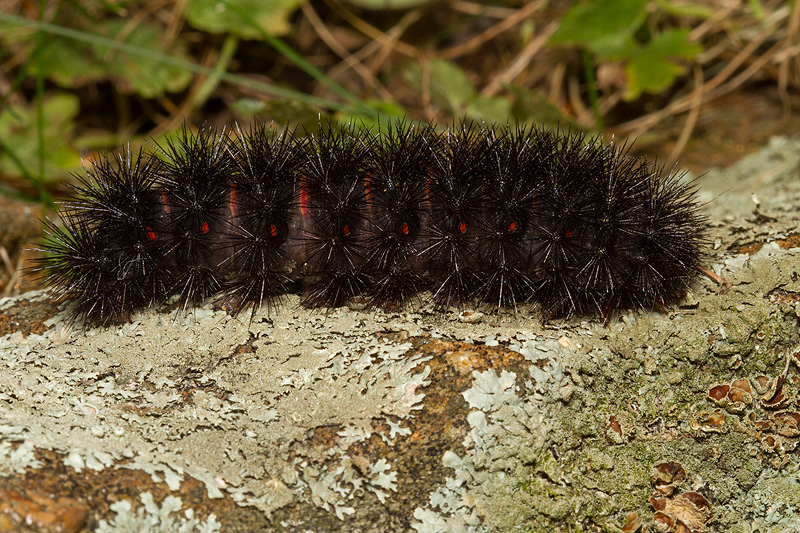Along the Air Line... 2013 - Fall, Part 1 The Air Line Trail in Eastern Connecticut - Stan Malcolm Photos |
mHome Page Stan's FlickR Albums |
September 22nd. Colors showing and water flowing after a night of rain. Raymond Brook Marsh. |
|
|
|
|
Grayville Falls. |
|
|
|
|
|
|
|
|
|
|
|
|
|
|
|
|
|
|
|
|
|
|
|
|
|
September 23rd. Woolly Alder Aphids (Prociphilus tessellatus) are gathering in their overwintering clusters. |
Threads of wax exuded from abdominal pores serve as protection and perhaps insulation. |
In this photo, you can see part of one insect's body. |
A large mass of the aphids, high in an Alder shrub. |
Red Maples (Acer rubrum) are turning color. |
Rouite 85 trailhead Sunflowers add much appreciated color... |
...as do the glorious New England Asters (Symphylotrichum novae-angliae) neaerly hidden below them. |
|
|
September 24th. Foggy and chilly. |
|
September 25th. An uncommon visitor, an Osprey (Pandion haliaetus). Shy, it soon flew off. |
|
|
|
Guesses? |
Does this help? |
Ah, caterpillar of the Giant Leopard Moth (Hypercompe scribonia). |
Active mostly at night, they find shelter during the day. |
They overwinter as mature caterpillars, much like our common, smaller Woolly Bear. |
